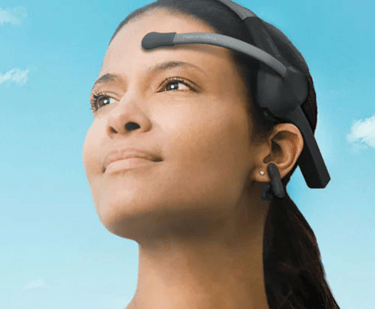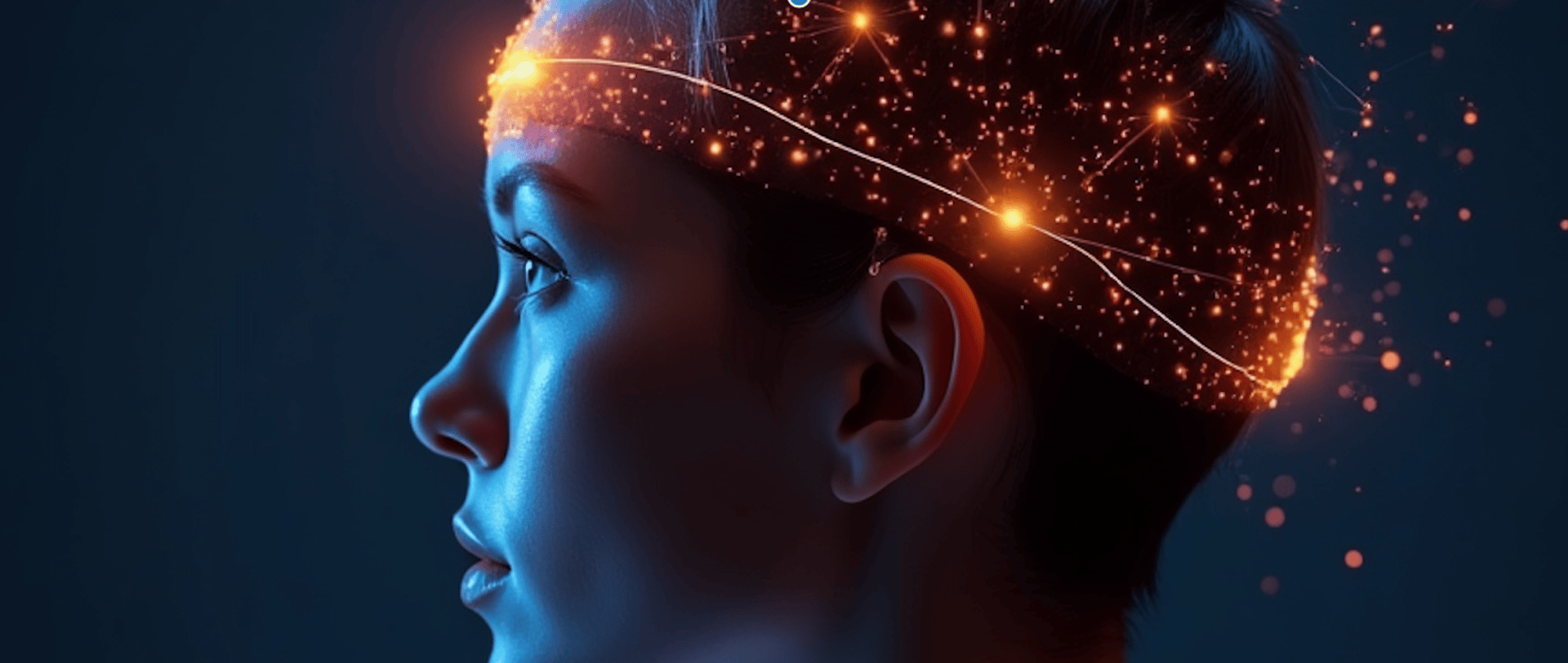
Our Top 3:
Brainwave Tracking Device
How Brainwave Tracking Enhances Overall Wellness
Your brain operates through electrical patterns that dictate everything from sleep quality to stress levels, from focus at work to emotional resilience. These brainwaves are like an invisible operating system running in the background – when they're balanced, you feel energized, creative, and calm. When they're chaotic, you experience anxiety, insomnia, brain fog, and that persistent feeling of being overwhelmed. Most of us navigate these states blindly, unaware that our afternoon exhaustion, racing thoughts at bedtime, or inability to relax aren't character flaws – they're simply brainwave patterns that can be understood and adjusted.
Brainwave tracking brings consciousness to these unconscious processes, offering a window into your mental states that transforms vague complaints into actionable insights. Studies show that people who use neurofeedback experience significant improvements in sleep quality, 40% reduction in anxiety symptoms, enhanced focus comparable to ADHD medication, and accelerated progress in meditation practice. It's not about achieving perfect brainwaves – it's about understanding your unique patterns and learning to shift them when needed. Whether you're seeking deeper sleep, sustainable calm, or simply want to understand why some days feel harder than others, tracking your brainwaves provides the missing manual for your mind's most fundamental rhythms.
How Brainwave Tracking Devices Work
Modern brainwave tracking devices use EEG (electroencephalography) sensors – the same technology used in medical settings, but simplified for home use. These lightweight headbands or clips detect your brain's electrical activity through your skin, then translate complex neural data into understandable feedback through apps on your phone. Some devices use sounds that change based on your mental state, others provide visual graphs, and many gamify the experience to make brain training engaging rather than clinical. The real breakthrough isn't the technology itself, but how these tools provide immediate feedback that helps your brain learn to shift states naturally – like having a fitness tracker for your mind that actually teaches you how to improve, not just measure.
Below, we recommend three trusted brands that make brainwave tracking accessible, effective, and genuinely useful for improving your daily wellness.
Understanding Your Brain's Natural Rhythms
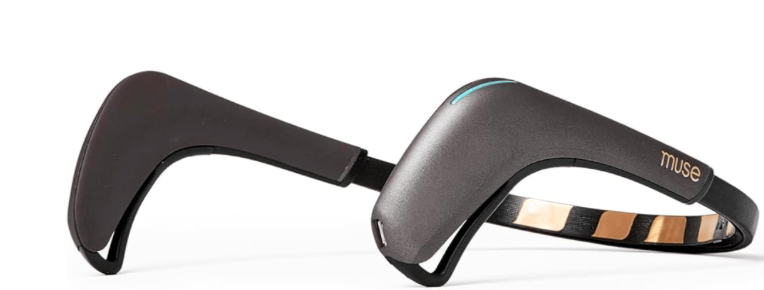

Why you should try this device
This device transforms meditation from abstract practice into something measurable and trainable. The real-time feedback actually teaches your brain to recognize and maintain calm states faster than traditional meditation alone. You get detailed post-session reports showing exactly how much time you spent in calm, neutral, or active states, removing the guesswork from your practice. The weather soundscape is intuitive enough for beginners yet valuable for experienced meditators wanting to deepen their practice.
What we think about this
Muse has become the gold standard for meditation feedback, and the science behind it is solid. The device is comfortable for 20-30 minute sessions, though some users find the sensors need adjusting mid-session. The app is polished and motivating, with challenges and milestones that keep you engaged. Most people find the standard Muse 2 provides everything they need – the extra $150 for the Muse S mainly gets you overnight comfort and sleep data that other cheaper devices can also track. Unless you specifically want EEG sleep tracking or find rigid headbands uncomfortable, save your money and go with the Muse 2.
What it is
Muse offers two versions of their brain sensing headband that translate your brain activity into weather sounds during meditation – calm seas when you're focused, storms when your mind wanders. The Muse 2 features a plastic headband designed for meditation sessions, while the Muse S Gen 2 uses soft fabric comfortable enough for overnight wear, adding sleep tracking capabilities. Both track brain activity, heart rate, breathing, and body movement, but the Muse S includes sleep stage monitoring and "Digital Sleeping Pills" (guided audio that responds to your brain state to help you fall asleep).
1. Muse - Brain Sensing Headband
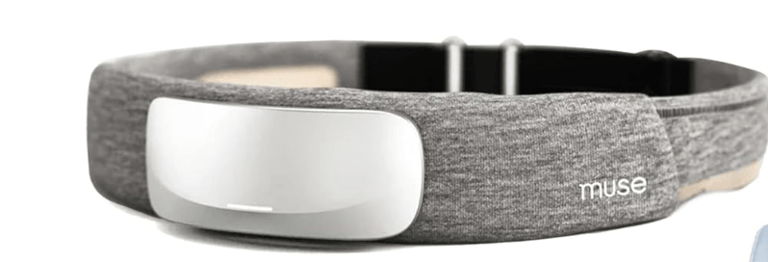

Muse S
Muse 2
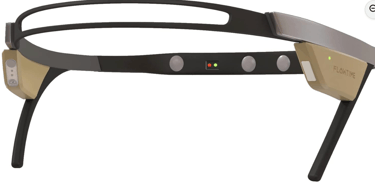

Why you should try this device
The flexibility sets Flowtime apart – you're not locked into one meditation style or proprietary program. The device shows you which techniques work best for your unique brain patterns, whether that's breath-focused meditation, body scanning, or visualization. The comprehensive tracking helps you understand how your brain, heart, and breath work together during practice, offering insights that single-metric devices miss.
What we think about this
Flowtime hits the sweet spot between simplicity and depth. The app provides enough data to satisfy those who want to understand the science without overwhelming casual users. The guided lessons are well-structured, progressively teaching different techniques while showing you the neural signatures of each. Some users report the headband feels less premium than Muse, but the functionality more than compensates. The price point makes it accessible while still delivering professional-grade neurofeedback.
What it is
Flowtime is a two-channel EEG headband that offers both guided meditation programs and free meditation mode. It tracks brainwaves, heart rate variability, and breathing patterns simultaneously, providing a complete picture of your meditation state through detailed biodata reports.
2. Flowtime - Biosensing Meditation Headband
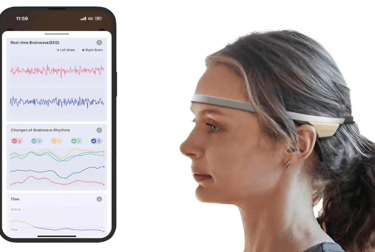

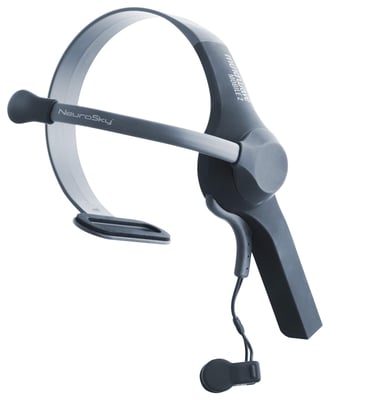

Why you should try this device
The ecosystem is NeuroSky's superpower – you're not buying into one company's vision but gaining access to a marketplace of brain training approaches. This versatility means the whole family can use it for different purposes, from kids playing focus-building games to adults practicing meditation. At this price point, it's an excellent way to explore neurofeedback without major commitment.
What we think about this
NeuroSky proves that effective brain training doesn't require premium pricing. The single sensor is surprisingly accurate for meditation and focus training, though it can't match the detailed mapping of multi-sensor devices. The build quality reflects the price – it's plastic and basic – but it's durable enough for daily use. Some apps in the ecosystem are better than others, so expect to try several before finding your favorites. For families or neurofeedback beginners, this offers tremendous value and room to explore.
What it is
NeuroSky is a single-sensor EEG headset that works with over 100 compatible apps, from meditation trainers to focus games to stress management tools. Despite its basic appearance, it delivers accurate brainwave data comparable to more expensive devices.
3. NeuroSky - MindWave Mobile 2
